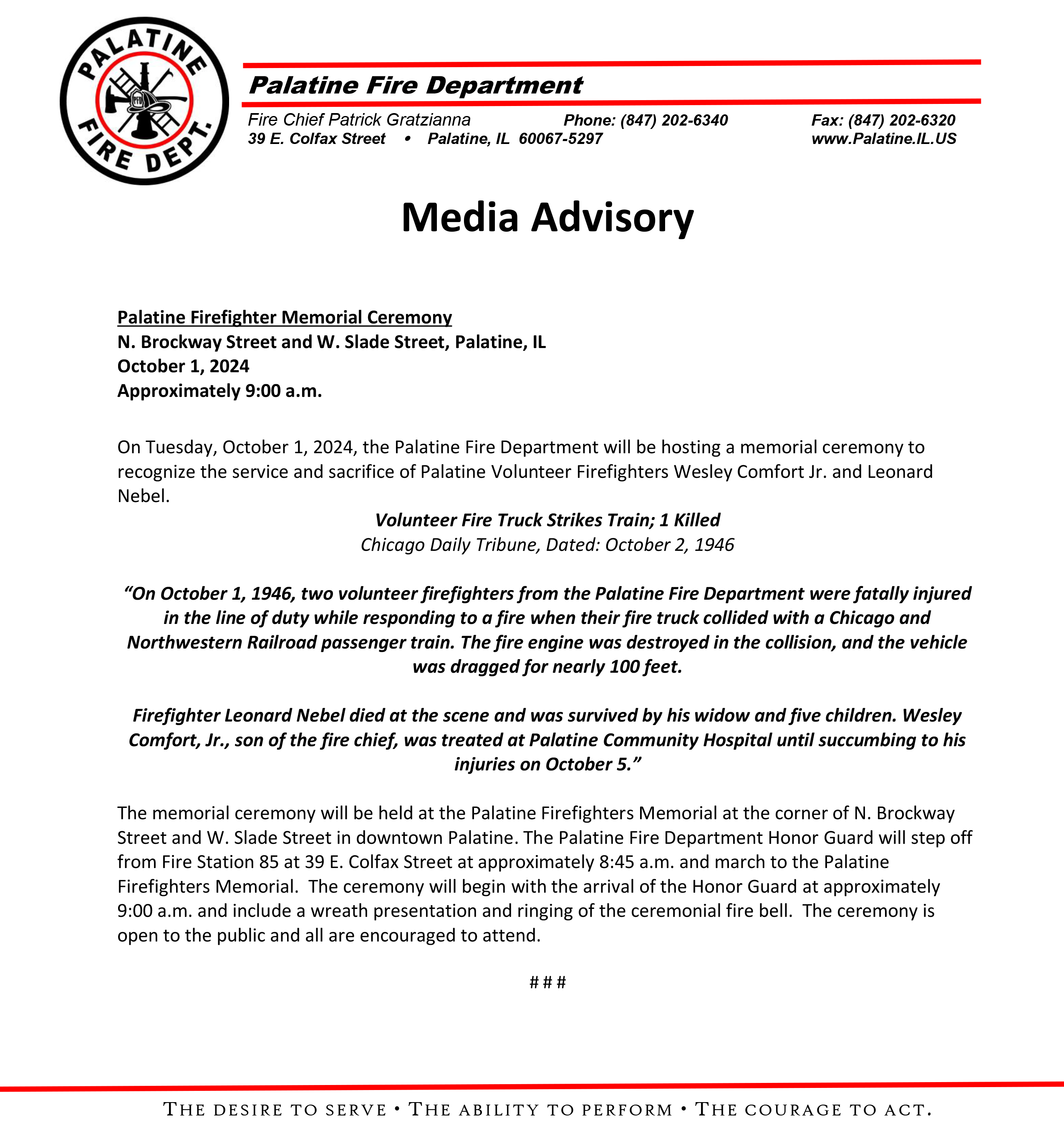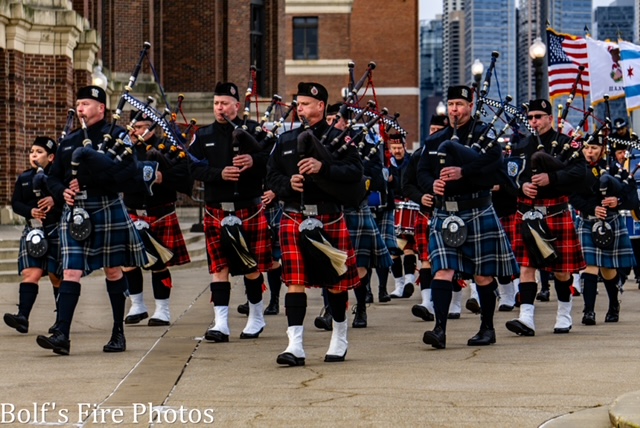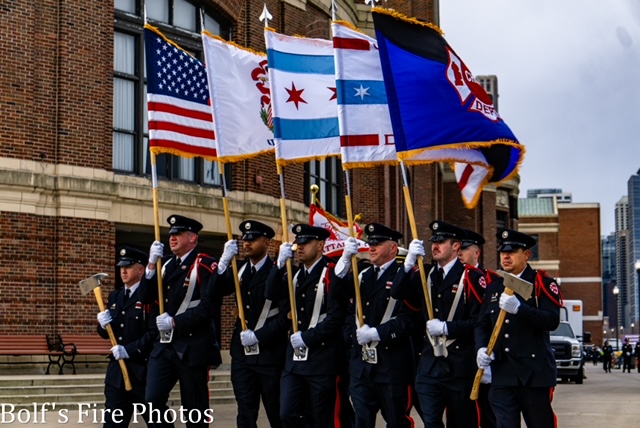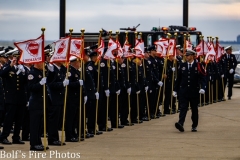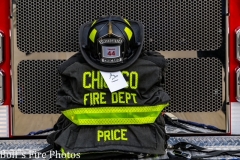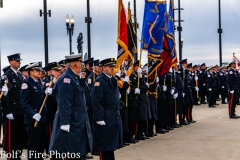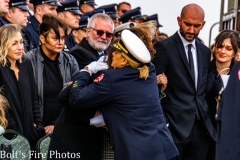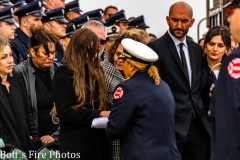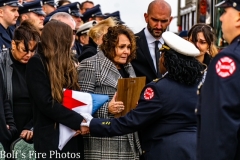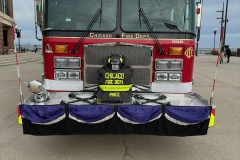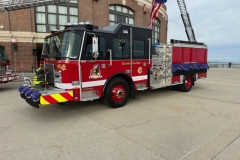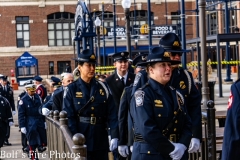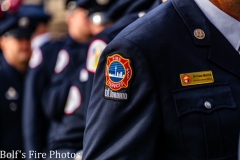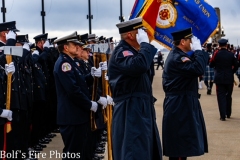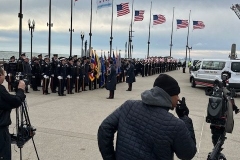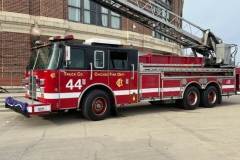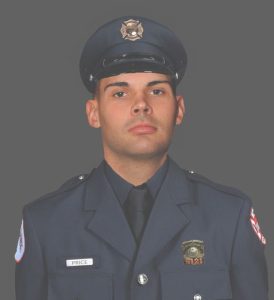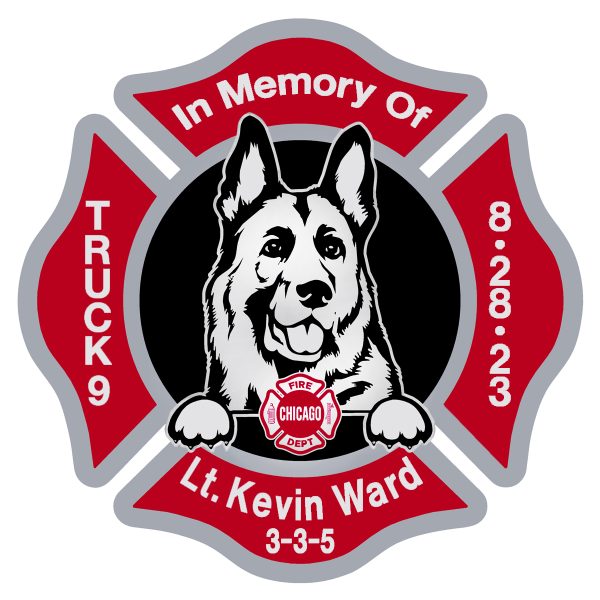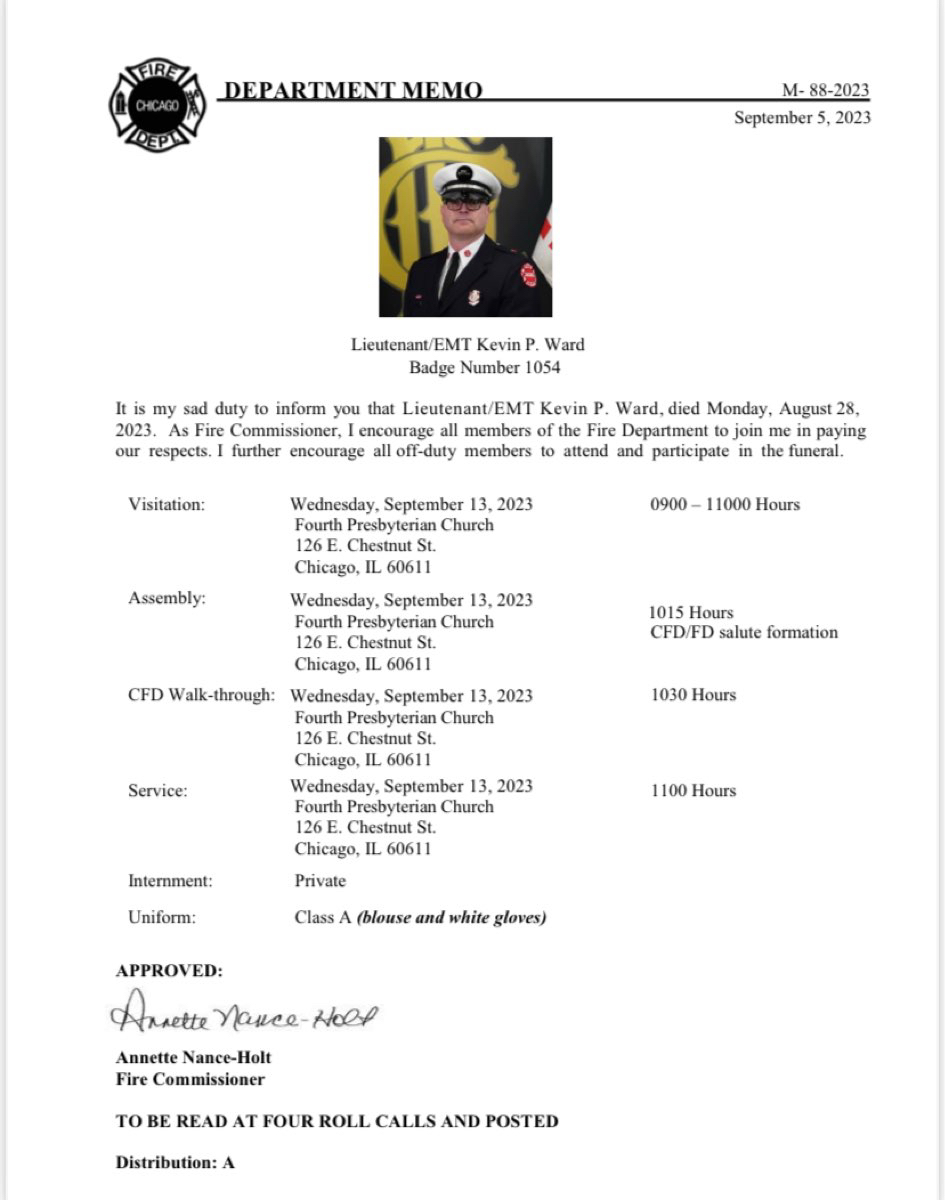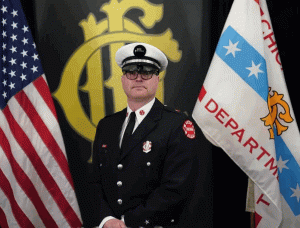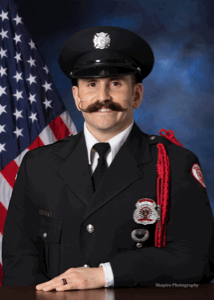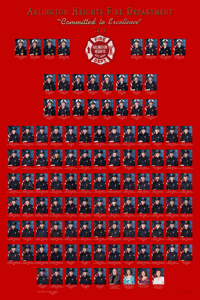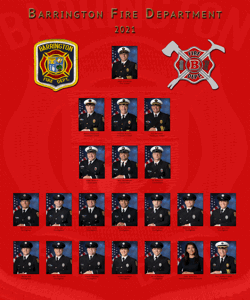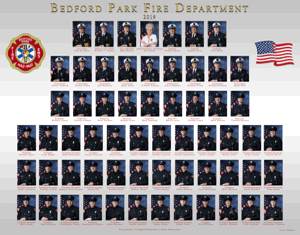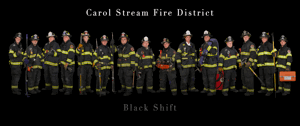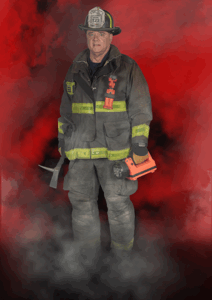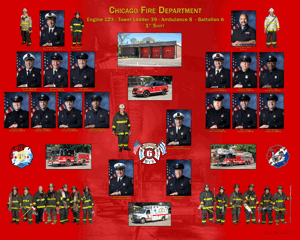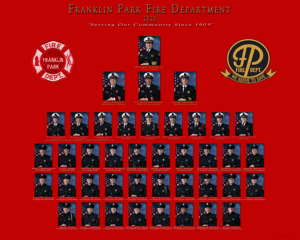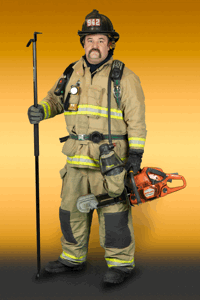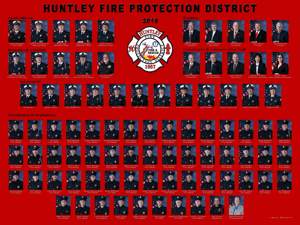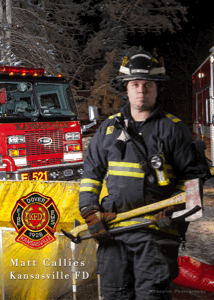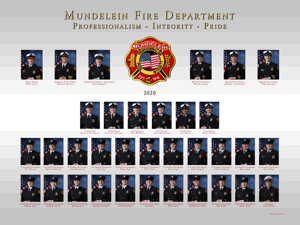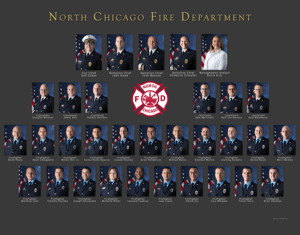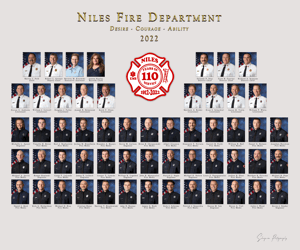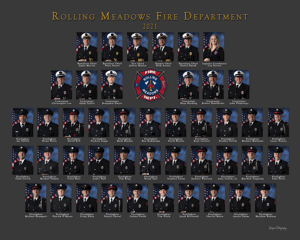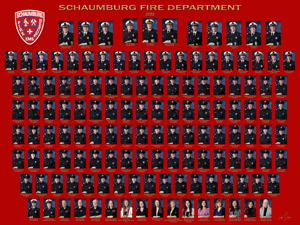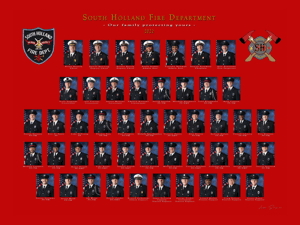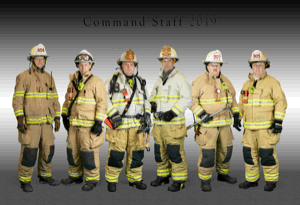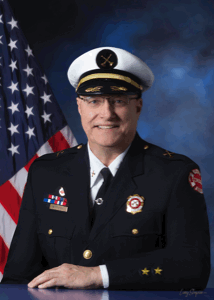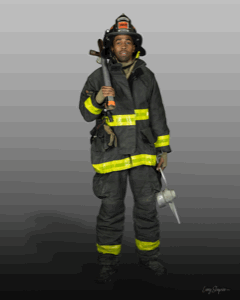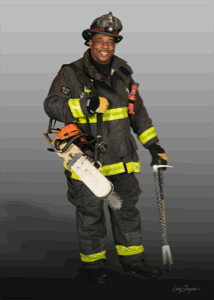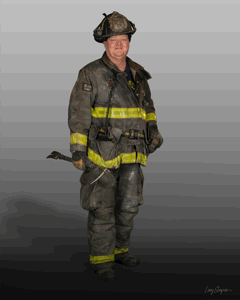Executive Summary
On December 16, 2021, a 30-year-old male career candidate firefighter/emergency medical technician (EMT) was found unresponsive in a 1st floor apartment of a 2½-story apartment building at a structure fire.
A “Still” Alarm was transmitted for Box 111329 at 02:06:25 hours for a basement fire in an apartment building. Companies dispatched were Battalion 8, Engine 94, Engine 7, Truck 58, and Truck 53. Engine 94 arrived on scene at 02:10:38 hours. The officer of Engine 94 initially reported nothing showing from a 2-story residential structure. Truck 58 arrived at 02:11:00 hours and reported smoke showing. There was no verbal communications between the officer of Engine 94 and the officer of Truck 58 upon arrival. Upon further investigation, smoke was showing from the basement door at the top of the steps in the vestibule on Side Alpha. The Engine 94 Lieutenant went into the basement and found a couch on fire. The lieutenant then went back up the stairs and outside. He ordered the pipeman firefighter (nozzle firefighter) and the heelman fire fighter (backup firefighter) from Engine 94 to stretch an attack line from the engineer’s side and lead out.
The department identifies the nozzle firefighter as the pipeman and the backup firefighter as the heelman. For the purpose of this report, the terms Engine 94 Nozzle and Engine 94 Backup will be used. Engine 94 Nozzle pulled one horseshoe load of 2½-inch to 1¾-inch hose towards Side Alpha and the front door. A horseshoe hose load is loaded in the hose bed and the whole load is folded in half, resembling a horseshoe.
At 02:12:16 hours, a “Working Fire” Dispatch was transmitted for Box 111329. The units dispatched were Battalion 7, Truck 57, Squad 2, Ambulance 52, Ambulance 7, 2-7-2 (Command Van), 4-5-3 (EMS Field Supervisor).
At 02:13 hours, Battalion 8 arrived on-scene. At 02:15:52 hours, Battalion 8 had assumed Command and advised Main that the building was 2- story ordinary construction with fire in the basement. Command did not define a strategy or provide an incident action plan (IAP). On the front steps, the lieutenant ordered Engine 94 Nozzle to bleed the hoseline, go down to the basement, and advised the fire would be on the left. The lieutenant went into the basement to wait for Engine 94 Nozzle. Both Engine 94 Nozzle and Engine 94 Backup had gone on air at this time. Engine 94 Backup left the building to straighten out the hose with the engineer from Engine 94.
While the lieutenant of Engine 94 was in the basement, Truck 58 opened the Side Bravo near the corner of Side Charlie door and then forced open the basement apartment door. This created a flow path due to the opening of the door on Side Bravo and the open door on Side Alpha. The fire now had a low intake and a high exhaust. The fire ignited the contents of the basement living room on Side Alpha, which extended up the stairwell to Side Alpha. Engine 94 Backup had entered the front door when conditions changed. Due to the amount of smoke, he had to crawl to the vestibule to locate the hoseline. Engine 94 Backup took the nozzle and moved outside to hit the fire through the basement windows on Side Delta and Side Bravo that had be removed. The lieutenant left the basement due to the heat, went up the front stairs, and to the outside through the front door, which was open on Side Alpha. He did not see the Engine 94 Nozzle or the hoseline when he exited the building.
Battalion 7 arrived on scene at 02:18 hours. When he arrived on scene, he heard “Mayday, Mayday, Mayday” on the fireground channel. He called Command about the Mayday, but Command was on Main (Dispatch Channel). Battalion 7 reported to Command and advised him that a fire fighter had transmitted a Mayday. The dispatcher called Command and asked if there was a Mayday. Command (BC8) ordered everyone out of the building due to deteriorating conditions at 02:19:21 hours.
At 02:21 hours, Command advised the dispatcher that there was no Mayday at this time and a personnel accountability report (PAR) was being conducted. When the PAR was conducted, the lieutenant from Engine 94 realized that the Engine 94 Nozzle was missing and advised Command.
At 02:23 hours, Command called Main and requested a Still and Box Alarm plus an Emergency Medical Services (EMS) Plan 1 for a Mayday at Box 111329. Additionally, 3 civilians were located in the basement and removed by various companies at 02:15 hours, 02:21 hours, and 02:25 hours respectively. One of the civilians died and 2 were severely injured. Command initiated a RIT response. He sent Truck 53 to the 1st floor apartment and Truck 57 and Battalion 7 into the basement apartment to search for Engine 94 Nozzle. The captain and a firefighter from Truck 53 entered the building through the front door and went up to the 1 st floor apartment. While searching the 1st floor, they heard a PASS alarm sounding. They found Engine 94 Nozzle in a prone position in the dining room near the dining room table of the 1st floor apartment. His facepiece was on but was ajar on his face and the Mask-Mounted Regulator (MMR) was attached to the facepiece. There was no air flowing from the facepiece and he was unresponsive. The officer and firefighter from Truck 53 with the lieutenant and a firefighter from Truck 57 removed Engine 94 Nozzle from the structure at 02:27 hours. Once outside, cardiopulmonary resuscitation (CPR) was started on Engine 94 Nozzle and he was transported to a local hospital. While in the emergency room of the hospital, he regained a pulse and was eventually moved to a trauma center in the city. Engine 94 Nozzle was pronounced deceased five days later on December 21, 2021.
Contributing Factors
• Incident management and command safety
• Fireground operations
• Fire department operations.
Key Recommendations
Fire departments should ensure:
• Incident commanders conduct a scene size-up and risk assessment, develop a strategy and incident action plan (IAP), use a functional personnel accountability system, maintain a tactical worksheet, incorporate the principles of command safety, establish divisions/groups early in an incident, are provided with an incident command technician or emergency incident technician, and appoints a safety officer
• All companies operating on the fireground, maintain crew integrity, are operating based upon the assignment given by the Incident Commander, critical incident benchmarks are communicated to the Incident Commander, and inspect and check their assigned SCBA at the beginning of each shift and after each use
• Fire department operations include a SOP/SOG for adequate staffing, wind-impacted fires, coordinate ventilation with suppression, review and revise SOP/SOG for below-grade fires, all firefighters and fire officers are trained in fireground survival procedures, all members and dispatchers are trained on the safety features of portable radios
thanks Scott
